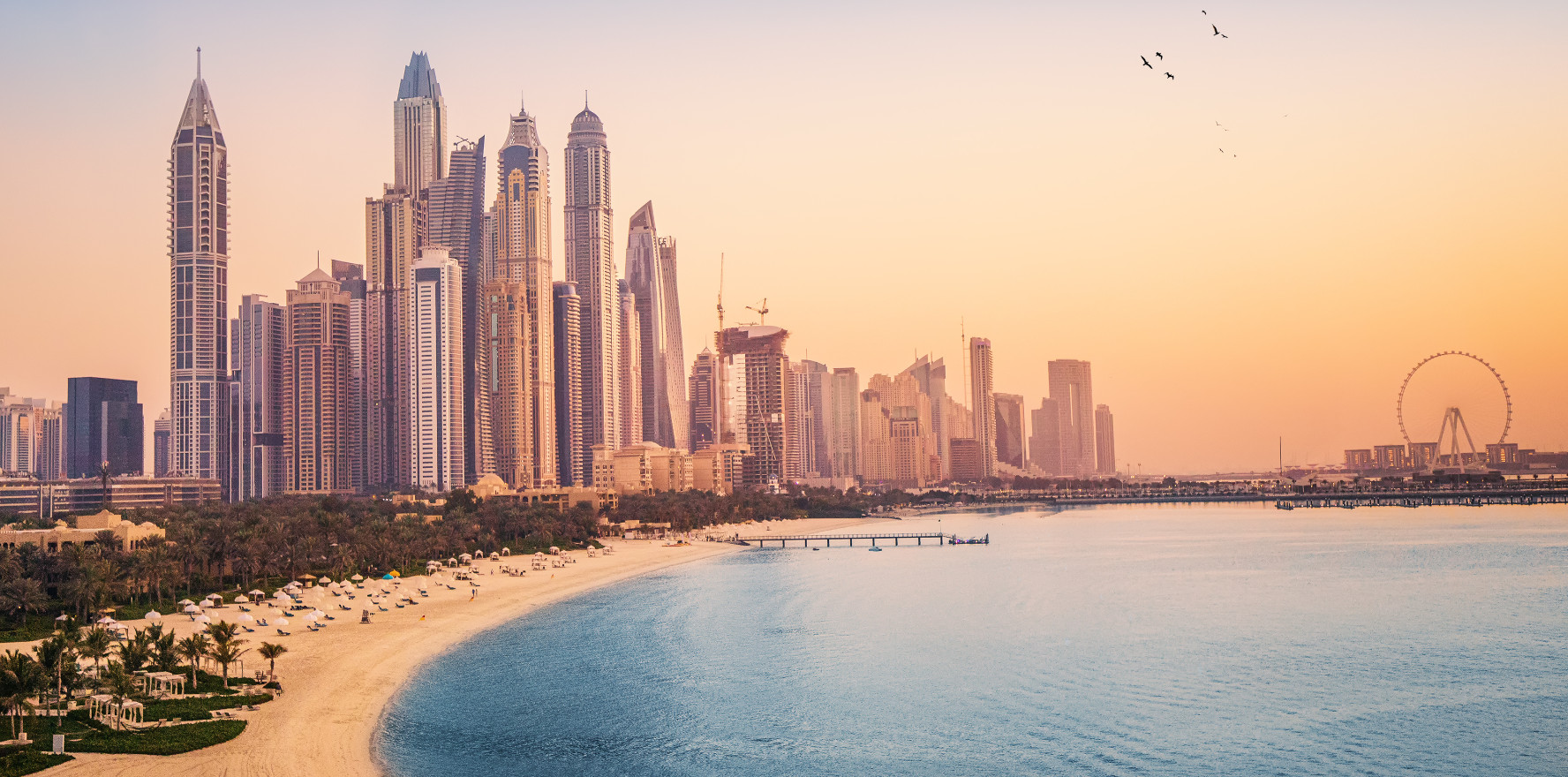Savills 2022 World Cities Prime Residential index reflected a burst of pent-up, post-pandemic activity, as many acted on a desire to move back to the city. So, how has that dynamic played out so far in 2023?
Rental growth has outstripped capital value growth since December 2021. In most global cities, capital growth remains subdued this year, continuing the muted picture that began last year as geopolitical turmoil and economic realities took hold.
A shortage of prime stock has underpinned pricing at the top of the market, but rising interest rates mean transactions are increasingly needs-based. With many choosing to be long-term tenants in the face of economic uncertainty, prime rents look set to outperform capital values into the future.
World City Prime Residential Prices per square foot
Since 2010, USD at prevailing exchange rates
Source: Savills Research
Dubai shines
The top performer in the first half of 2023 was Dubai. The city exceeded expectations even after a stellar 2022, with prime residential capital values rising by 11.2 per cent in the first half of the year. An international coterie of global nomads, expat families and young professionals seeking sunnier climes has helped fuel capital growth in the United Arab Emirates’ most populous city.
By contrast, Miami – which topped last year’s growth table with a 25 per cent increase in capital values – was unable to maintain that momentum in H1 2023. However, with 1 per cent capital value growth, it is still ahead of other US cities in the index, whose prime capital values have dipped.
This forms part of a diverse and nuanced performance picture for US cities. New York’s prime residential sales volumes may be 27 per cent down on the same period last year, but they were starting from an unusually high base. Compared with pre-pandemic 2019, this year’s figures are still up 9 per cent.
On the west coast, the 4 per cent mansion tax on $5 million-plus property sales in Los Angeles has subdued prime residential sales. In San Francisco, meanwhile, the work-from-home culture has dented demand, as some of the city’s IT giants curb expansion plans.
Despite these dips, so far in 2023 global cities overall have seen capital values grow by 1.1 per cent on average – compared to 0.8 per cent last year. Mumbai and Cape Town saw 4.3% and 3.6 per cent price growth in the first six months of this year, respectively, but prices are yet to regain former highs and remain low by international levels. As a region, Asia Pacific experienced the strongest capital growth.
In prime rental markets, meanwhile, Lisbon’s growth of nearly 14 per cent – pipping Singapore’s 13.6 per cent – tops the chart. Berlin is in high demand, too, with rents rising by 9.2 per cent in H1 2023.
International demand is key
The cities – and areas within cities – that fare best are those with high international demand. From prime London boroughs, to Dubai and Singapore, which are buoyed up by relocating UHNWIs, the strength of demand from overseas buyers ensures resilience.
Ultimately, though city markets may rise and fall, they rarely lose their lustre. The real and perceived barriers to buying – from rising costs to global unease – have slowed activity in the near term, but global cities are too dynamic by nature and too diverse in their appeal to stand still for long.
Read the full Savills Prime Residential Index: World Cities – H1 2023 here


